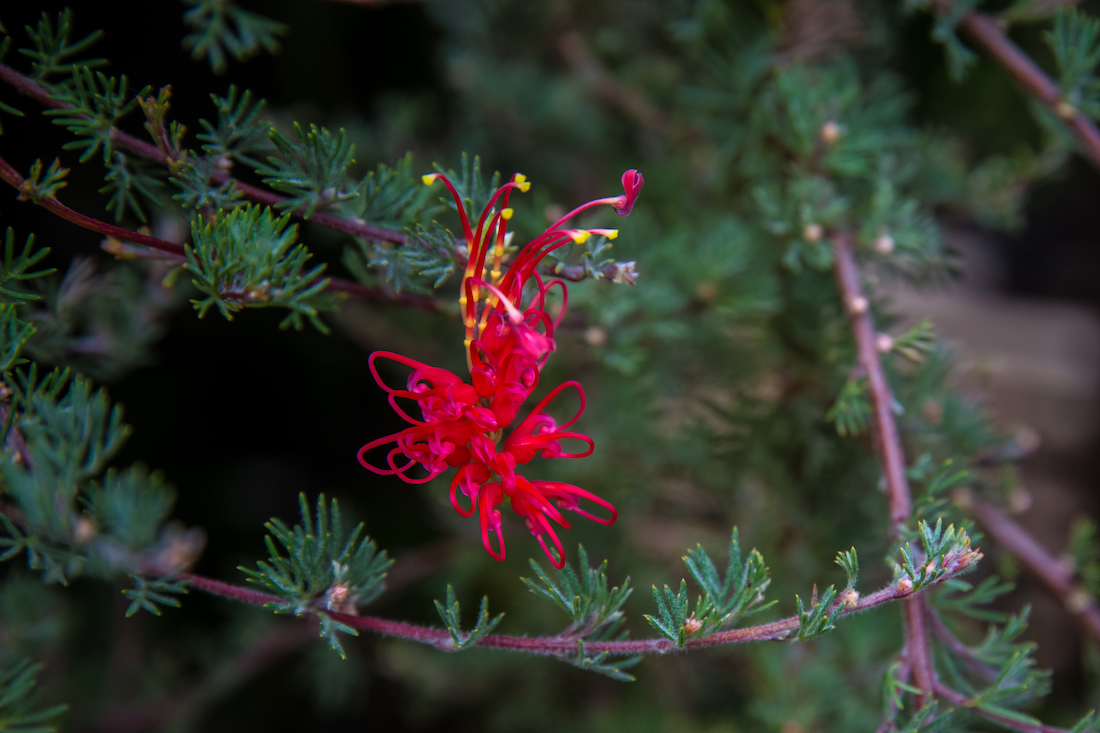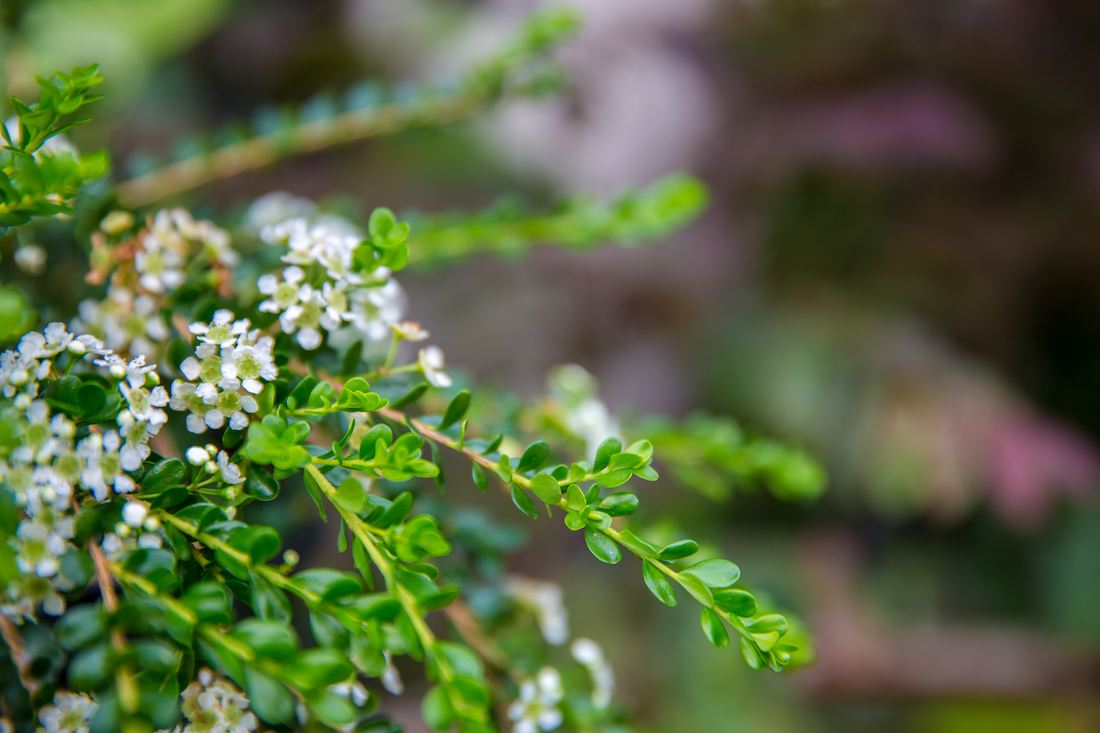Go Naturally Native With Indigenous Plants
Australian natives add a bit of resilience to your garden and also create a haven for birds and bees. From ground covers to rainforest ornamentals, Christina Cannes discovers a world of nifty natives at Acres Garden Centre.
Where else in the world can you find a shrub that produces a flower as intricately unique as a grevillea?
Not only do our natives bloom beautifully, but their nectar attracts local wildlife which support our ecosystem. Australian natives are more popular than ever. The team at Acres Garden Centre stocks a healthy range and for those of you who don’t yet have natives in the garden, great advice on what to plant and how to care for your new additions.
But first they want to dispel a myth.
“There is a belief attached to natives that they are drought tolerant and you just put them in the ground,” explained Mel, a passionate native enthusiast at Acres Garden Centre. “They still need a bit of maintenance and they need to be planted with the same amount of care that you would use to plant any other type.”
According to Mel, the most important thing to consider before you plant is the type of native and its location of origin.
“There is such a vast range of natives,” she said.
“Our natives are more than just bottlebrushes and before you plant, you should make sure your garden soil benefits the type of native. There are some natives that need good drainage and there are others that cope with wet soil, but generally speaking, be sure you have good drainage.
“Coastal natives, dry natives, rainforest natives, wallum natives, all require different conditions.”
But don’t be deterred. Depending what your tastes are and your style, you can create a contemporary garden with natives. Some ground covers are even great for pottage.
Natives all need to be maintained whether it’s annual pruning or pruning after flowering, they should also be fertilised. “Most cope with a good, organic balanced fertiliser like blood and bone,” said Mel.
“We have a fantastic liquid fertiliser here called GROW which is water soluble and provides everything they need. For example, the proteasaic family (banksias, grevilleas) all need a low phosphorus, slow release fertilizer.”
When planting your native, ensure that watering is deep and less often. For example, water heavily every six-to-eight weeks. “Natives are drought tolerant but that is only once they are established,” explained Mel. “At planting, incorporate organic matter into your soil. With sandy soil, organic matter will help hold nutrients and moisture more efficiently and also help heavy soil drain better.”
According to Mel, the most popular natives are grevilleas because they grow so fast.
“They are an instant gratification plant which creates a lot of interest because once the birds are darting in and out of the bushes, it brings so much life to the garden.”
But you can also create the most beautiful rainforest gardens with natives as long as you have tall plants to build an understory.
“It depends on whether you like colour or not,” said Mel.
“The rainforest plants have beautiful new red foliage. There is such a diverse range of natives you can incorporate into your garden. They so special and you can see the beauty in the tiniest plant. They aren’t showy, look at me, they are just these beautiful, seasonal, humble plants which is what I love about them.”
Indigenous natives available at Acres
- Austromyrtus dulcis, aka the midgen berry or midyim
- Acronychia imperforate aka the Fraser apple, also a bush food
- Hovea acutifolia features beautiful purple blooms
- Carpobrotus, aka pigface with pink flowers along coastline
- Banksias such as spinulosa, coastal and wallum
- Attractocarpus chartaceus aka native gardenia
- Elaeocarpus reticulatus
- Quandong
- Luscious Tristaniopsis laurina aka native magnolia
- Asplenium aka birds nest ferns
Before you plant determine
- How much space you have in the garden
- The design or what you want to create
- Soil type (heavy clay will be able to hold its shape and go cloudy in a glass of water, whereas sandy soil has large particles that fall straight to the bottom of a glass of water
- Sun and exposure levels
For more information, visit www.acresnoosa.com.au.








